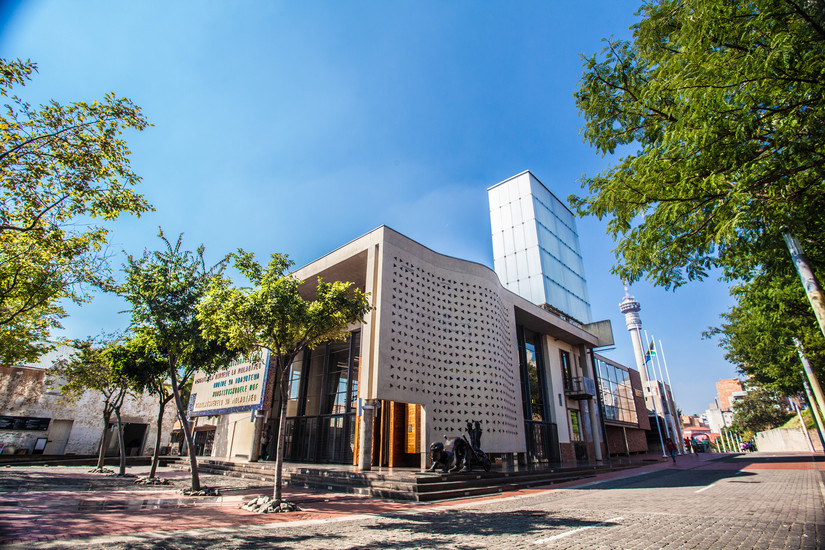The Power of Mapping in Urban Planning
Informative mapping designs play a crucial role in good urban planning by providing valuable insights and data visualisation to planners, policymakers, and the public. Urban planning plays a critical role in delivering cities that function sustainably while providing health and comfort for their inhabitants. The advent of advanced mapping technologies has revolutionised the urban planning environment, giving planners powerful tools to analyse, visualise, and optimise urban spaces.
Mapping Unlocks Data and Other Important Advantages

Mapping designs help with the visualisation of complex data related to various aspects of urban planning, including demographics, land use, transportation, infrastructure, environmental factors, and socio-economic indicators. Presenting data visually through maps makes it far easier for stakeholders to understand spatial patterns, trends, and relationships to implement the best options for the intended residents.
Clear, informative maps aid the decision-making processes during the urban planning process. Planners can use maps to identify areas of concern, assess potential development sites, evaluate the impact of proposed projects, and plan infrastructure.
Mapping designs can facilitate community engagement by making planning information more accessible to the public. Interactive maps on online platforms allow residents to explore and provide feedback on proposed plans. This fosters transparency and inclusivity in the planning process which, in turn, evokes a sense of community among residents. Maps are effective communication tools for conveying planning policies, regulations, and guidelines to various stakeholders. By visualising zoning regulations, development plans, and other policy frameworks, mapping designs facilitate better understanding and compliance among developers, investors, and the public.
Maps enable planners to conduct spatial analyses to identify patterns and trends that may not be apparent from the tabular data available. This helps to gain insight into the spatial distribution of resources, amenities, and socio-economic imbalances, which is essential for equitable and sustainable urban development.
Through techniques, such as scenario planning and predictive modelling, mapping designs visualise the effect of different planning decisions or scenarios. This allows planners to extrapolate the long-term impacts of any decisions and develop strategies to achieve the desired outcomes. Maps are also valuable tools for assessing risks related to natural hazards, possible climate change, and other environmental threats. Mapping helps identify vulnerable areas, assess potential impacts, and develop strategies for building resilience and risk mitigation in urban areas.
Mapping designs play a multifaceted role in good urban planning by enhancing data-driven decision-making, promoting community engagement, facilitating spatial analysis, visualising future scenarios, assessing risks, and communicating planning policies effectively.
Urban Planners with Cutting-edge Technology
Site planning services
By leveraging these technologies, municipalities can navigate complex challenges and work towards the sustainable and inclusive development outlined in their IDPs. The Practice Group uses the latest tools available to the industry. These tools allow us to assess anything to do with the urban environment and assist communities in achieving optimum urban spaces. We aim to help design areas that promote healthy, liveable, and sustainable environments by using the latest and best technology available. For customised, data-based solutions, contact The Practice Group.
